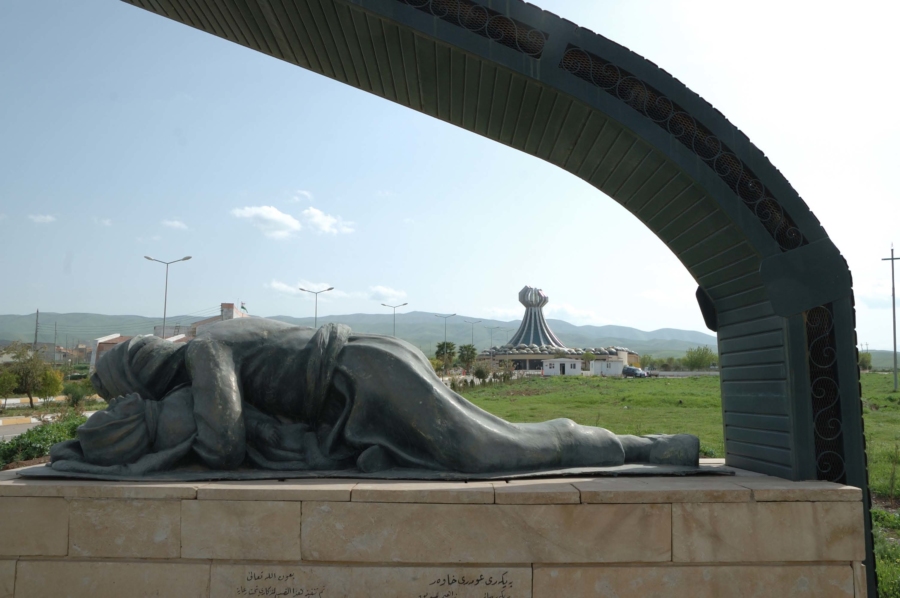The Iraqi dinar is the official currency in Iraq and is issued by the Central Bank of Iraq. The dinar is divided into 1,000 fils. However, the high inflation rates in the late twentieth century caused the abandonment of coins minted in the category of one fils, which are now out of circulation.
The beginnings of the use of currency in Iraq go back to the First World War when Iraq was part of the monetary territory of India. The Indian rupee was used as a legal currency in that period until 1932. In 1931, the “Iraqi Currency Committee” was established, after which the committee was abolished and ( (National Bank of Iraq)) year (1947) to take over the issuance of currency. In 1956, the name of the National Bank of Iraq was transferred to ((Central Bank of Iraq)). A special paragraph was specified in the Bank Law in 2004 so that the Central Bank of Iraq alone has the right to issue paper currency and coins for the purpose of circulation in Iraq, as it is the most important commodity for the citizen
The Central Bank is considered solely responsible for supplying Iraq with its paper and coin currency in all regions of the country and at all times. He is also solely responsible for the destruction of damaged and withdrawn banknotes from circulation.
The Iraqi currency passed through several stages, namely the royal edition bearing the image of King Faisal and continued until 1958, the edition bearing the republican emblem until 1978, and the international edition called (the Swiss edition), which was printed by the British Dilaw Company and the Soviet Exports until 1990, after which, as a result of the economic siege that passed In Iraq, the Central Bank of Iraq printed banknotes in Dar Al-Nahrain for printing, and it did not meet the security specifications, and on plain paper.
At the beginning of 2003, the Central Bank withdrew all the local and international banknotes called the Swiss edition and set the new series of the Iraqi dinar consisting of (7) denominations that were printed with high security specifications, and continuing to develop these specifications, which prevents the ability to counterfeit or forge them, in addition to establishing This bank is using modern technologies to detect counterfeit banknotes.
source














